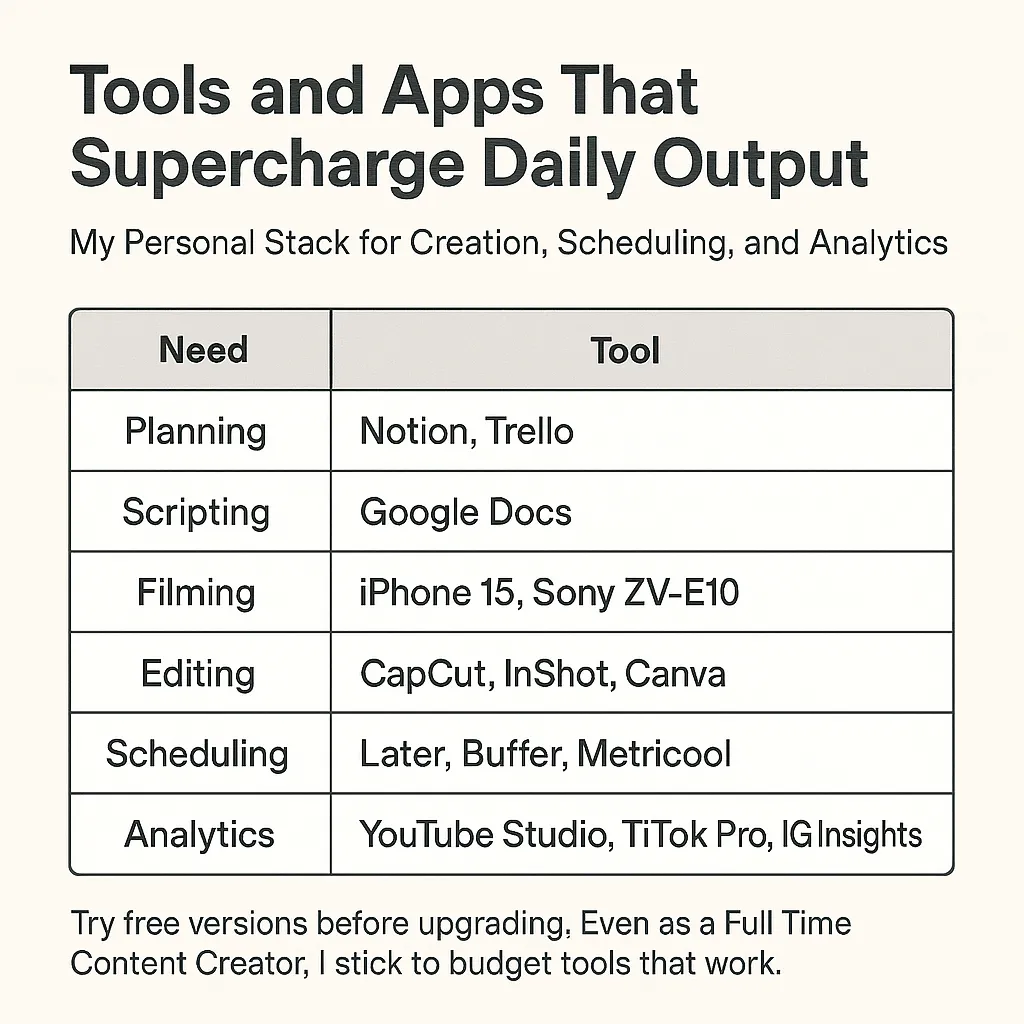
Historical Website Traffic Data: Insights for Growth
Historical website traffic data is like a time machine for your online presence. It helps you look back, analyze trends, and use insights to shape your website’s future. Whether you're tracking year-over-year growth, evaluating the success of a campaign, or spotting seasonal trends, historical traffic data is essential for making data-driven decisions.
Here’s how you can access, analyze, and make the most of historical website traffic data for your site.
What Is Historical Website Traffic Data?
Historical website traffic data refers to the records of visits, user behavior, and interactions on your website over a specific time frame. This data includes:
Total visits
Pageviews
Traffic sources (organic, direct, referral, paid)
User demographics (location, device, etc.)
Conversion rates
By reviewing past performance, you can identify patterns, spot strengths, and address weaknesses.

How to Access Historical Website Traffic Data
1. Use Google Analytics
Google Analytics is a powerhouse for tracking and analyzing historical traffic. Here's how to access it:
Log in to Google Analytics.
Select the property for your website.
Go to "Reports" > "Acquisition" > "Overview" to see traffic over time.
Use the date range filter (top-right corner) to select specific historical periods.
2. Compare Periods in Google Analytics
To compare historical data (e.g., last year vs. this year), click "Compare to Previous Period" in the date range.
View trends and spikes, such as seasonal growth or campaign-related traffic boosts.
Example: Comparing Q4 of last year with Q4 this year can show how your holiday campaigns performed.
Why Historical Website Traffic Data Matters
1. Spot Trends and Patterns
Reviewing past traffic helps you identify:
Peak seasons for your website.
Times when traffic dips (and why).
Growing traffic sources, like organic search or social media.
Example: An e-commerce site noticed a 40% traffic spike every November due to holiday shopping, allowing them to plan better deals and content for future seasons.
2. Evaluate Campaign Performance
Historical data shows which campaigns brought in traffic and converted users, helping you replicate success.
Stat: Websites that analyze past data improve marketing ROI by 30% compared to those that don’t.
3. Understand Traffic Sources
Knowing where your visitors came from can help you optimize your efforts.
Organic Traffic: Did SEO improvements bring consistent growth?
Paid Traffic: Was a past ad campaign worth the cost?
Referrals: Are certain backlinks driving consistent traffic?
4. Plan for the Future
By analyzing traffic trends, you can predict future needs and allocate resources. For example:
If you notice traffic spikes during certain months, prepare your server to handle increased load.
Identify which content formats perform well and focus on creating more of the same.

How to Analyze Historical Traffic Data
1. Set Clear Goals
What do you want to learn from your historical data?
Are you tracking year-over-year growth?
Do you want to compare campaign performance?
Are you looking for seasonal trends?
2. Look for Patterns Over Time
Analyze your data for recurring events:
Traffic dips after major updates or redesigns.
Seasonal spikes during specific holidays or promotions.
Example: A blog site saw consistent dips in summer, prompting them to schedule lighter, evergreen content during those months.
3. Segment Data
Break down your data by traffic source, device, or location to find more specific insights. For example:
Compare mobile vs. desktop performance.
See which regions are driving the most traffic.
4. Use Data Visualization
Export your data into tools like Excel, Google Sheets, or a BI tool (like Tableau) for easier visualization. Charts and graphs make it simpler to identify patterns and share findings with stakeholders.
Tools to Track Historical Website Traffic
1. Google Analytics
The gold standard for tracking website traffic. Offers detailed reports, historical comparisons, and segmentation.
2. SEMrush or Ahrefs
These tools provide insights into your site’s historical traffic trends, backlink growth, and keyword rankings.
3. Server Logs
For raw data, server logs can provide traffic details, though they require manual analysis or additional tools to interpret.
4. Uptime and Monitoring Tools
Platforms like Pingdom or UptimeRobot can track uptime history, revealing potential downtime that may have affected traffic.
Tips for Leveraging Historical Data
1. Create Yearly Benchmarks
Compare traffic metrics year-over-year to track long-term growth. This helps you measure the effectiveness of ongoing SEO, content, and marketing efforts.
2. Prepare for High-Traffic Periods
If your data shows traffic spikes during specific events, ensure your website can handle the load. Use a CDN, scalable hosting, and caching to avoid downtime.
3. Improve Content Performance
Find underperforming pages and refresh them with updated keywords, content, and media to boost their rankings and traffic.
4. Optimize Traffic Sources
Identify top-performing channels (e.g., organic, social, email) and double down on those strategies.
Comparing Historical Data Users vs. Guessers
Historical Data Users:
Track trends, optimize campaigns, and make data-driven decisions.
Identify issues like slowdowns or technical errors early.
Confidently plan for seasonal or event-driven traffic spikes.
Guessers:
Rely on gut feelings and miss out on growth opportunities.
Risk losing traffic during high-demand periods.
Struggle to replicate success without understanding past performance.
Leveraging Historical Website Traffic Data to Spy on Competitors and Strategize
Why Spy on Competitors?
Keeping an eye on competitors through their historical traffic data offers several advantages:
Content Ideas: Identify which pages or blogs generate the most traffic for your rivals and create improved versions (a strategy known as the Skyscraper Technique).
Audience Insights: Learn where their visitors are coming from—organic search, social media, or referral sites—and adapt your own campaigns to tap into similar sources.
Seasonal Trends: Analyze peaks and drops in traffic to anticipate market trends or plan campaigns during high-demand periods.
How to Use Historical Data for Your Strategy
Here are practical steps to leverage historical website traffic data for strategic planning:
Identify Competitors
Start by listing your direct competitors or those dominating your niche. Use tools like SEMrush or SimilarWeb to gather their traffic data.Analyze Top Pages
Check their highest-performing pages to understand what drives engagement. Are they excelling in how-to guides, product reviews, or industry news? Use this insight to craft similar or better content.Track Traffic Sources
Examine the traffic sources (organic, social, referral, etc.) for your competitors. For instance, if most of their traffic comes from organic search, it’s a signal to optimize your SEO strategy.Monitor Keyword Performance
Look at the keywords they rank for and incorporate them into your content strategy, prioritizing long-tail keywords to capture niche audiences.Replicate Successful Backlinks
Study their backlink profile and reach out to the same websites or platforms for link-building opportunities.
Strategize and Execute
Using this data, you can craft a roadmap that capitalizes on your competitors’ strengths while avoiding their pitfalls. Whether it’s building targeted campaigns or identifying untapped content opportunities, historical website traffic data is your compass for success.
Learn More About Competitive Traffic Analysis
If you’re ready to dive deeper into how to leverage your competitors' traffic and visitors, check out our guide on How to Steal Traffic and Visitors from Competitors’ Websites. This article outlines actionable strategies to analyze competitor data and use it to grow your online presence effectively.
By integrating historical website traffic data into your marketing strategy, you’re not just reacting to trends—you’re staying ahead of the curve, armed with actionable insights to outperform the competition.
Final Thoughts: The Power of Historical Website Traffic Data
Historical traffic data isn’t just numbers—it’s a roadmap to your website’s success. By analyzing past trends, understanding traffic sources, and optimizing for future growth, you can turn insights into actionable strategies.
Remember, the past has the answers you need to thrive in the future. So dig into that data, stay consistent, and watch your traffic grow year after year.
Let me know if you’d like help setting up or analyzing your historical traffic data!


















